Surat, Apr 05 (V7N) – The Indian diamond industry has been dealt a severe blow following the announcement of increased US tariffs on Indian luxury products, particularly diamonds. Traders in Surat, the heart of India’s diamond trade, say the sector is now facing an existential crisis as the United States—its biggest market—imposes a 26 percent tariff.
Surat, known globally as the ‘Diamond City’, once bustled with traders and middlemen dealing in precious stones. But following the tariff hike, the city has fallen eerily silent. Diamond shops sit empty, and trade floors that once echoed with negotiations are now deserted.
“The industry has been in recession for the last few years. The new tariff is a blow to the head,” said one local trader, capturing the sense of despair felt across the city.
The United States accounts for over 30 percent of India’s $32 billion gem and jewelry exports in the 2023-24 fiscal year. With demand already shrinking in key markets like China, the Middle East, and Europe, the latest move from Washington has left traders in Surat deeply concerned about the future.
The Surat Diamond Bourse, inaugurated in 2023 as a world-class trading hub, was meant to revive the sector and generate thousands of jobs. Spread across 6.6 million square feet, the facility aimed to put Surat on the global map as a leading diamond marketplace. But just over a year later, its glitter is fading fast.
“The US is our biggest market,” said Dinesh Navadia, Chairman of the Indian Diamond Institute. “If consumer demand drops there, we will feel the tremors here instantly.”
The slowdown has placed the livelihoods of thousands of workers in jeopardy—cutters, polishers, traders, and support staff who depend on a steady flow of international buyers, particularly from the US.
Industry leaders are now urging the Indian government to negotiate relief measures or seek a rollback of the tariffs through diplomatic engagement.
As of now, the future of India’s once-glittering diamond trade hangs in the balance—clouded by economic headwinds and geopolitical strain.
END/MSS/AJ




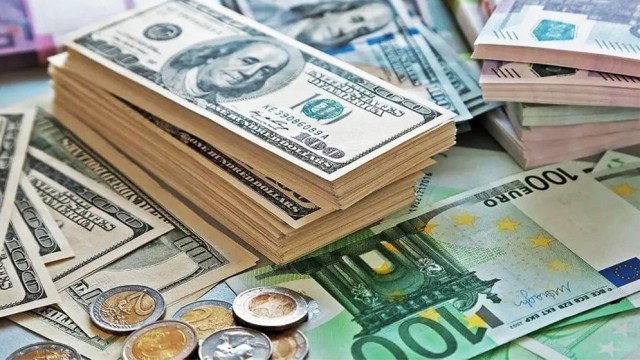


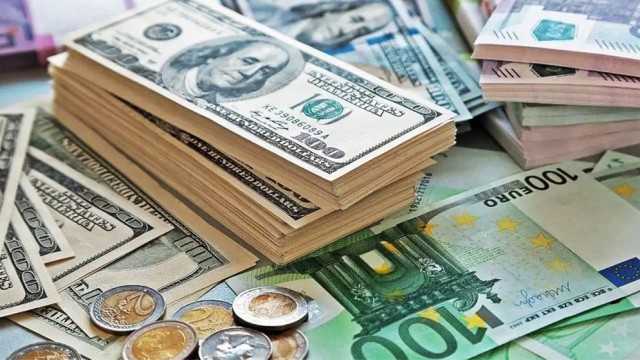









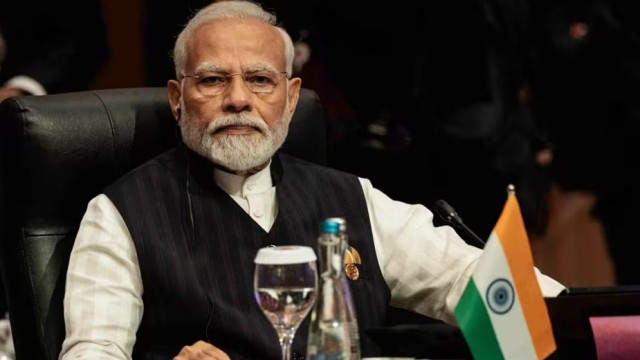




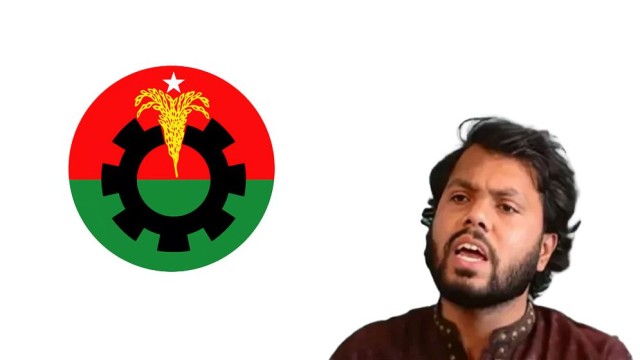





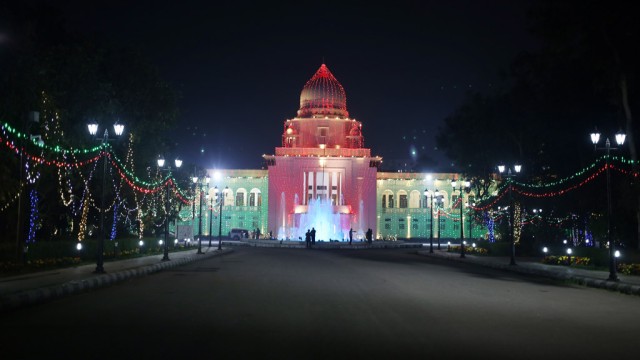

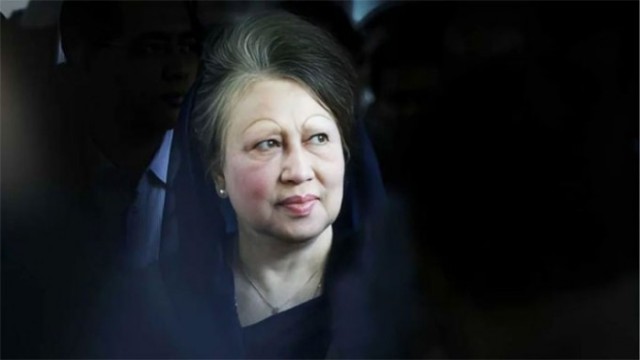
Comment: